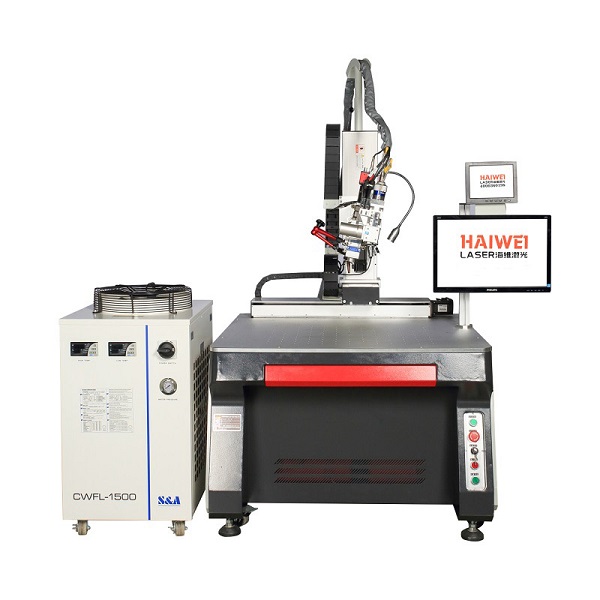Fiber Laser Welding Machine vs. Pulsed Laser Welding Machine: Key Differences
When selecting a laser welding machine for industrial applications, understanding the difference between fiber laser welding machines and pulsed laser welding machines is essential. While both use laser energy to join metals, their operating principles, performance, and best-use cases vary significantly.

Operating Principle and Beam Type
A fiber laser welding machine typically operates in continuous wave (CW) or high-frequency pulsed mode, using a solid-state fiber laser source. It delivers a stable, high-brightness beam ideal for deep penetration welding at high speeds. In contrast, a pulsed laser welding machine—often based on lamp- or diode-pumped Nd:YAG technology—emits energy in short, high-peak-power pulses. This makes it suitable for low-heat-input applications like spot welding or thin materials.
Welding Performance and Material Suitability
Fiber laser welding machines excel in high-speed, deep welding of materials such as steel, aluminum, and copper. They are widely used in automotive, battery, and industrial manufacturing where consistent, strong seams are required. Pulsed laser welding machines, on the other hand, are better suited for delicate parts, hermetic sealing, or components sensitive to thermal distortion, such as sensors or medical devices.
Efficiency and Maintenance
Fiber laser welding machines offer higher electrical efficiency (up to 30%), lower cooling requirements, and longer service intervals due to their solid-state design. Pulsed laser welding machines often require periodic lamp replacement and more frequent maintenance, increasing long-term operating costs.
Integration and Cost
Both types can be integrated into automated production lines. However, fiber laser welding machines generally offer better compatibility with robotics and real-time monitoring systems. While the initial investment may be higher, the total cost of ownership is often lower due to reduced maintenance and energy use.
For users evaluating laser welding machines, the choice depends on material thickness, production volume, and quality requirements. A fiber laser welding machine is ideal for high-throughput, deep welds, while a pulsed laser welding machine fits precision, low-heat applications.
Recent Posts
- What are the advantages of laser welding machines in lithium battery pack production lines?
- What issues should be noted when choosing a lithium battery pack production line?
- Quality Inspection and Control of Lithium Battery Module Pack Production Line
- Cell grouping and sorting process in lithium battery module pack production line
- What are the safety hazards of lithium battery pack production lines and how can they be prevented?
INQUIRY

